Lee MacLeod: Art, Ads & Avatars
Today, Rediscovered Realms has the honor of speaking with artist, Lee MacLeod, whose imaginative works have graced movie posters, video game boxes, ads & book covers throughout the 80s and beyond.
To celebrate, we’re also doing a Lee MacLeod giveaway contest you can find out more about at the end of the interview.
This post may contain affiliate links, which means we may receive a commission, at no cost to you, if you make a purchase through a link.
JQ: Welcome, Lee! Let me start by asking you about the big-name companies you’ve worked with. You’ve done illustrations for Amblin, Disney, Lucasfilm, Warner Brothers, Orion, USA Network, Full Moon Entertainment, and Paramount.
Which company was your favorite and why?
LM: Great to talk with you! My favorite company to work for was Full Moon. All the art done for the other listed companies was done through design firms that were hired to create film campaigns.
The art for Full Moon was done directly for Charles Band and I met with him regularly. He was a virtual fountain of ideas for his existing movies as well as those that existed only as concepts and I really did enjoy trying to pull them off. He was also great about getting me access to actors, sets and the creatures that figured prominently in his films.
B.D. Fox and Friends was my favorite of the Design Firms. They had good art directors and of course it was exciting to be doing concept work and the occasional finish for “A” Films. It was also neat to get access to and be trusted with production stills that were quite confidential to use as reference.



JQ: Neat! You ever get to meet any of the famous actors from those films?
LM: I never met any actors, like Michael Keaton, from what I call “A” Films. Very few illustrators did. You were usually working with stills and head shots.
We begged long suffering friends to act out a position for reference. However, Full Moon was different, and I often had access to actors that appeared in those films such as Lance Henriksen (“The Pit and The Pendulum”) and Tim Thomerson and Helen Hunt (“Trancers II”). They were very generous with their time and willing to pose in costume.


JQ: I loved Trancers back in the day! Actually, I just rewatched a couple of them a few months back. So crazy to see Helen Hunt so young.
Anyway, you’ve had some crazy success and accolades for your movie poster designs for Howard the Duck, Pocahontas and Batman (the 1989 version with Michael Keaton – the best version in my opinion!).
How in the world did you land those gigs? And don’t just tell me your agent landed them for you!
LM: My rep introduced me to Brian Fox, head of B.D. Fox and Friends as a possible artist for Halloween II. I did a lot of finished comps for that franchise.
I guess I impressed the art directors and Brian as they continued to use me.
It was interesting how it worked. A number of illustrators worked on the various projects and if a comprehensive art work was chosen to go to finish, the illustrator who produced it was usually chosen to paint the finished piece.
JQ: That makes sense. And you did the poster for E.T., too, right?
LM: I did several presentation pieces for E.T. which were fully mocked up as if they were the final campaign, but my art was never actually used beyond presentation to film executives.
JQ: Ahh, ok. So rewinding a bit, I read when you were a kid, your mom and a good friend (who you stated could draw anything!) were artistic and had a big influence on you. Tell us more about that.
LM: My mother was an interior designer and could draw very well. It was not a regular part of her job, but every so often she would sit down and draw our cat or a room interior and I was always blown away. I really tried to emulate her.
The same was true with my friend who I would see every summer. He was a natural draftsman, and I worked hard to try and keep up with him.
JQ: Sounds like a little friendly competition was all it took to get you to your calling! Were you into fantasy at all back then, and if so, what and who were your influences?
LM: I am going to date myself here.
The original Star Trek and the tv show Time Tunnel were favorites and I started reading Sci-fi and Fantasy books around 8th grade.
My favorite author was Andre Norton who wrote both fantasy and Sci-fi books. But I read lots of other authors as well. Robert E. Howard, Isaac Asimov, Robert Heinlein and Frank Herbert were also favorites. I think I have read Dune at least 10 times!
I was also seriously into Marvel Comic books and read almost every title.
Frank Frazetta was my favorite artist as a kid and the movie that had the biggest effect on me was 2001: A Space Odyssey.
JQ: That’s a worthy list! I ask because many of the illustrations you have created seem to be from a place of someone who loves that type of content.
You’ve also done quite a bit of Sci-fi and Horror. Which is your favorite genre and why?
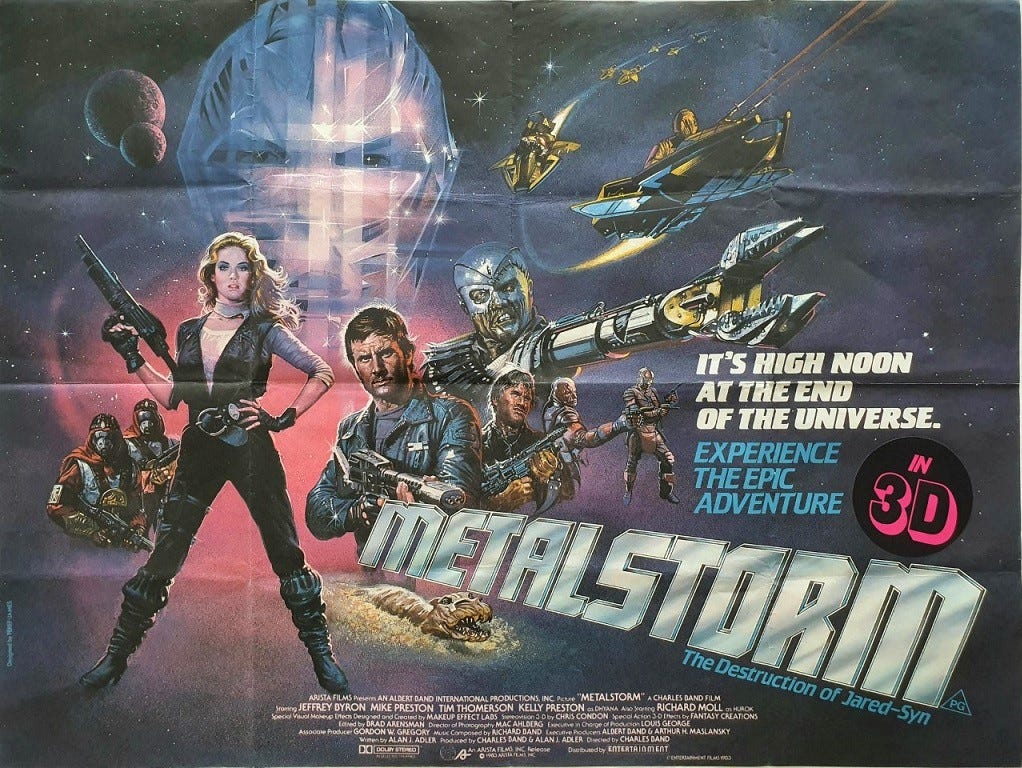
LM: One of the things I was best at was producing art for Horror books and movies.
I loved horror images, but I had very little interest in the genre beyond the images. I have seen very few horror films and have never watched any of The Full Moon films.
Fantasy and Sci-fi are my favorite genres and as I mentioned, I have read and continue to read a lot of books in those genres.
I have not seen every movie or tv show that covers those genres, but almost all of them! Consequently, working on game art in those genres was a dream come true.


JQ: Love it! Before we move on, I just have to ask, with so much horror in your portfolio, what’s with the teddy bear beach and golf towels?
LM: I was an equal opportunity illustrator. I did art for Suzuki, BIC Lighters, Blue Diamond, Bike Companies and so many others.
I fell in with a calendar company and painted 24 paintings of Teddy Bears. There were two “Play Bear” Calendars. A licensing rep was able to resell some of the images for other purposes, including towels.


JQ: LOL! Your explanation makes your temporary career digression away from fantasy art way more “bearable” to me. (Sorry, couldn’t resist.)
In the 80s and 90s I used to LOVE walking through Blockbuster and other mom-and-pop video stores and looking at the VHS box art.
I was shocked when I found out you had an artist’s hand in many of the biggest rental titles of the day with Full Moon Entertainment! Puppet Master, Metalstorm: The Destruction of Jared-Syn, Trancers (I - XXXIII 😉), Wolfen . . . Seems like it was a full-time commitment just to create for these titles.
I know you already mentioned you enjoyed this type of work, but did it leave any time for other artistic endeavors?
LM: I very much enjoyed working on all those titles.
Illustration was a crazy profession. It was rare that an illustrator turned down any project that they thought they could pull off, even if other projects were on the drawing board.
It became a game of time management and often sleepless nights. I really do not miss the all-nighters, but I do sometimes miss seeing my art in print and the joy of satisfying the clients expectations.
JQ: Wow, that’s the first time I’ve ever had someone use the phrase “drawing board” in a literal sense. Well, back to the . . . never mind.
I came across several other movies you had worked with (Netherworld, Subspecies, Mandroid, Evil Bong 3D: The Wrath of Bong, The Pit & the Pendulum) that I wasn’t familiar with. Like you, I’m not really a horror guy, but have to say that the Doctor Mordrid movie looks fun!
With all these movies, were there any illustrations you created that weren’t used by the movie companies that you were particularly proud of?
LM: To be honest there were a lot of paintings I did that were not used.
A ton of art was generated for each movie release and if you got lucky you might get the finish or have your artwork used as the finish. Consequently, I and other illustrators always tried to produce top-tier work.
The E.T. paintings, a piece I did for Back to the Future and one for Jumping Jack Flash were among my favorites that were not used.
All the Full Moon art was used in some context, even if the movies were not ultimately made.
JQ: Interesting. Many of your past pieces also feature beautiful ladies – what was a fun or favorite experience you had illustrating these works (not talking Playboy Forum here – save that for our After Dark discussion! ;)
LM: My best model was a fellow illustrator who also body-doubled for TV and movies.
She was pretty, of course, but more important, she was a good sport as she too had to get friends and family to pose to provide reference!
I also used professional models. These were often hired by the design studios I was working with but occasionally worked directly with me. My studio mate was a photographer and had the full set up.
Not sure if this qualifies as fun, although I do smile looking back on it - One girl always arrived at my studio in very racy outfits and as I shared parking with other store fronts, I always worried about what assumptions were being made.
JQ: Oh, that definitely qualifies as fun! [Employee at the store next-door as the model arrives]: “Well, looks like Lee got paid again . . .”
Lee, speaking of beautiful ladies, when you and I were chatting through email a few weeks back, I had asked about one of your art cards from your 1994 Cardz set – in particular the promo card which you titled, “The Huntress”.
You mention on the back of the card that it was commissioned for an abandoned 1988 fantasy movie, but I couldn’t find reference to any such film online.
I asked about the film and actress, because she reminded me so much of Tanya Roberts. Do you mind sharing with my audience what you shared with me?
LM: Sure. The painting began as a presentation comp.
I had a designer friend who had come up with a film concept which he wanted to present to one of the independent studios. I think it was probably New World Pictures. I agreed to do a presentation painting.
We thought it would have more impact if it featured a known star and Tanya Roberts was chosen. She was coming off successful movies and I also had a lot of reference photos of her.
I helped another illustrator on the art for one of her movies when he was crunched for time. Everyone got busy, however, and the project languished. I finished it up as I thought it was turning out well. It served me well as a portfolio piece.
JQ: So cool! Speaking of that art card set, on the “Dragon Lady” card, you mention, “I’m sure one of the many series of fantasy books about dragons was partly responsible for this painting.” Considering this comment is now over 31 years old, can you spill the tea as to which particular series you were referencing?
LM: Actually, the answer is a bit anti-climatic. At the time I did that painting, my wife and I were deep into the Dragon Riders of Pern series. I just could not resist putting in the little dragon.
JQ: Your euphemism aside (hey, I don’t judge the creative ways couples describe the deed), at least that mystery is now solved.
Last art card question - on “The Electric Queen” card, you mentioned just getting done finishing a painting for the Supergirl movie (1984 with Helen Slater). Was your Supergirl painting used in any of their marketing?
LM: I wish it had been. The art was large, done over a weekend to meet the deadline, and I really liked the pose and likeness. Unfortunately, despite favorable comments, the client went in a different direction.
JQ: Oh, that’s too bad. I’d love to see a picture of that Supergirl illustration if you still have it.
Let’s talk a bit about the video games you did illustrations for. You did a ton for Nintendo, Sega, Capcom, and F.C.I.

Of course I’m partial to your work on the fantasy titles like Ultima, RPG Maker, Death Bringer, King’s Bounty, Castlevania III, Lands of Lore - though your Alien vs. Predator, X-Com, and Street Fighter II pieces are really badass, too.
Tell us something about working for the video game industry that was really surprising to you.
LM: I was surprised how much latitude there was in the art. I assume that was because initially the graphics were not very sophisticated.
I felt I was allowed a lot more freedom to interpret the game than I has expected. Of course, you were given screen shots and some direction, but the various art directors were usually receptive to variations on the theme in the sketch stage and took my ideas into consideration.
As the games and the graphics became more sophisticated some of the latitude went away, but the level of interpretation remained higher than what was allowed in something like a movie poster.


JQ: That makes sense. The game graphics eventually got good enough to be used on the cover instead of the interpretive art that was needed before that. I, for one, miss the old-school-style box art.
For your 1st video game box illustration (1989’s Death Bringer) I read you were asked to emulate Boris Vallejo and even were given photocopies of some of his work.
You mentioned “the struggle was to use my OWN figures.” Tell us more about that, and if you ever got to meet the man himself!
LM: The job was complicated by the fact that the art director wanted it to look like an existing Boris painting.
Since I had met Boris and was a huge fan of his work, I decided the only way to proceed was to shoot my own reference keeping it close but not the same and really adhering to that reference.
I tried to push the illustration towards photo realism and used a lot of air brush and Prisma Color pencil to also distance the art from Boris’ oil painting.
It is clearly derivative, but I felt like I managed to avoid a complete copy and, fortunately, the client liked my take on his painting.

JQ: Phew! I thought you were about to say, “I decided the only way to proceed was to shoot . . . Boris”.
Seriously, though, you did a great job with that Death Bringer cover.
Any other fantasy artists you got the chance to meet over the years?
LM: Julie Bell. She was super nice and is a truly fantastic artist.
JQ: I LOVE her art! Can you put in a good word for me with her for an interview? I mean, it would be a shame for her to learn about your attempt to shoot Boris . . .
Lee, you’ve also done many book covers. How did illustrators typically work with authors back in the day? Any interesting stories?
LM: I think it is relatively rare for artists to actually be in contact with authors.
Art direction for my book covers came from the publisher’s art directors and reflected their ideas as to what would attract a reader.
Jim Butcher and Jerry Pournelle were the only authors I remember having any direct contact with. Jim was complimentary and Jerry was critical with good reason.
Jerry wanted to be sure I got things right and did not paint a building as being vertical when described as horizontal. He was obviously shown my original sketch for Oath of Fealty.
JQ: Well, you mean he obviously just needed to turn your sketch 90 degrees - amiright?
Hey, I noticed on an interview you did with “Staunch Interviews” he flashed a magnificent collaged illustration that included George Lucas, Steven Spielberg, Star Wars characters, E.T., the Delorian from Back to the Future (along with MJF), and the hat & whip of Indiana Jones.
You need to tell us what this is!
LM: I try not to think of myself as old and doddering, but it took me awhile to remember I actually did that interview.
During the interview I mentioned that only artists with what I considered a unique style were at least somewhat safe from the advent of digital art.
One of the greatest movie poster artists is Drew Struzan and his style, although realistic, is easy to recognize. The piece shown during the interview is one of his and it reflects all the various franchises he created iconic posters for.
JQ: Ahh, ok. I appreciate you setting me straight on that.
Lee, you’ve transitioned from commercial art to fine art quite a while ago now where you focus on landscapes that integrate the vivid colors of New Mexico, Colorado, and the American west.
Tell us more about this and what it is about this type of art that speaks to you?
LM: My career as an illustrator came to a rather abrupt end when the computer became fast, and a lot of artists made the jump.
There were so many advantages that the computer allowed, such as easy corrections.
Younger art directors liked receiving images in layers so color corrections or adjustments could be made in house.
The old model of sending paintings back and forth was no longer needed.


My style was generally realistic. It was relatively easy to emulate in many ways and I was super late in trying to move over to digital. Consequently, I was suddenly an illustration dinosaur.
It was obviously time to try something new and I had long admired both the western landscape and the artists who captured it.
It just seemed logical to move in that direction. I had the good fortune to have some great artist mentors here in New Mexico and the history of the early Taos artists to draw upon.
JQ: I totally respect that and am glad you were able to transition and express something that appeals to your heart - and find a community of fellow artists.
Of course, I wish you at least another 40+ years of painting, but what would you say is your hope & vision for Lee MacLeod’s legacy?
LM: I think for me, it’s not to be totally forgotten and for folks to continue to enjoy the art, be it illustrations or fine art paintings that I have created.
JQ: I don’t think there’s any risk of folks not enjoying what you have created and shared with the world. Thank you, Lee, for all the wonderful illustrations, art, and all-nighters you engaged in to express your unique creativity to us over the years.
What advice would you give to other artists and creatives who are striving to be as successful in their careers as you have been?
LM: Stay on top of where the market and tools for artists are going.
Things are going to be very different with the recent advent of AI art. My Facebook feed is flooded with AI Fantasy and Sci-fi images, and they are shockingly good . . . and keep getting better.
I am not sure if it would be best to jump on that bandwagon or stay as far away as possible by trying to develop a unique style.
With any luck, people will still be interested in handmade art they can hold in their hand or hang on the wall.


JQ: Technology marches forward regardless of the way things used to be. I for one, will always have art in my hands and on my walls while also embracing & adapting to the ‘new’ ways now opened to us.
Anything upcoming you want to mention, and where can folks reach you?
LM: I am excited to be showing currently at the California Art Club’s Gold Medal Show at Chapman University.
I’m also looking forward to The Oil Painters of America Western Regional Show in Prescott as I had a painting accepted.
I have a couple of websites:
One I keep just for fun as it features illustration which I rarely do any more: leemacleod.com
The other Fine Art website features my current work: leemacleodfineart.com
Lee is also represented in Santa Fe by Worrell Gallery and has interviews and imagery in the following books:
“The Art of the Box”
(As an Amazon Associate I earn from qualifying purchases)
“It Came From the Video Aisle!: Inside Charles Band’s Full Moon Entertainment Studio” - currently 33% off on Amazon!
(As an Amazon Associate I earn from qualifying purchases)
JQ: Lee, thank you so much for sharing a bit of your story with us. What an interesting and fun career you’ve had and continue to have!
(And if you get a chance, thank those hot models that used to show up at your studio and make the neighbors jealous.)
And now, a Small Reward for you readers.
Last week, I teased about Lee’s interview and promised more details on this month’s Mystery Fantasy Giveaway Contest.
First off, a big thank you to all those who commented and guessed at the “Huntress” painting.
The first 3 readers who answered correctly have won a copy of that special promo card! Here they are:
Eric Green
Heavy Cavalry
Rob Naylor
Congratulations! I’ll contact you by email to arrange delivery.
You 3 (as well as every other Rediscovered Realms subscriber) who comments/shares on any of our newsletters in this month of September are also entered to win one of two additional grand prizes.
What’s in EACH of the 2 grand prizes?
Each grand prize gets all 3 of the following:
A complete 50 card base set of Lee MacLeod’s 1994 fantasy card set by Cardz! This includes the 10 TekChrome rare cards.
Two additional special promo cards, not included in the base set: “Huntress” and “Alien”
An ENTIRE BOX of Lee’s cards including 24 unopened packs!
Full rules, again, are in last week’s newsletter:
Do you have a favorite Lee MacLeod painting or illustration? Make sure to comment below, and we’ll see you next week!
You are not only brave, but a Generous Adventurer whose love of Discovery, Imagination & Fun transcends our mere mortal coils . . .
. . . and for that, I thank you!
Do you love heroic fantasy gamebooks like me? Consider signing up to be informed when I launch my very 1st one!
(Featuring artwork from Clyde Caldwell & Luke Eidenschink!)
Amazon and the Amazon logo are trademarks of Amazon.com, Inc. or its affiliates.







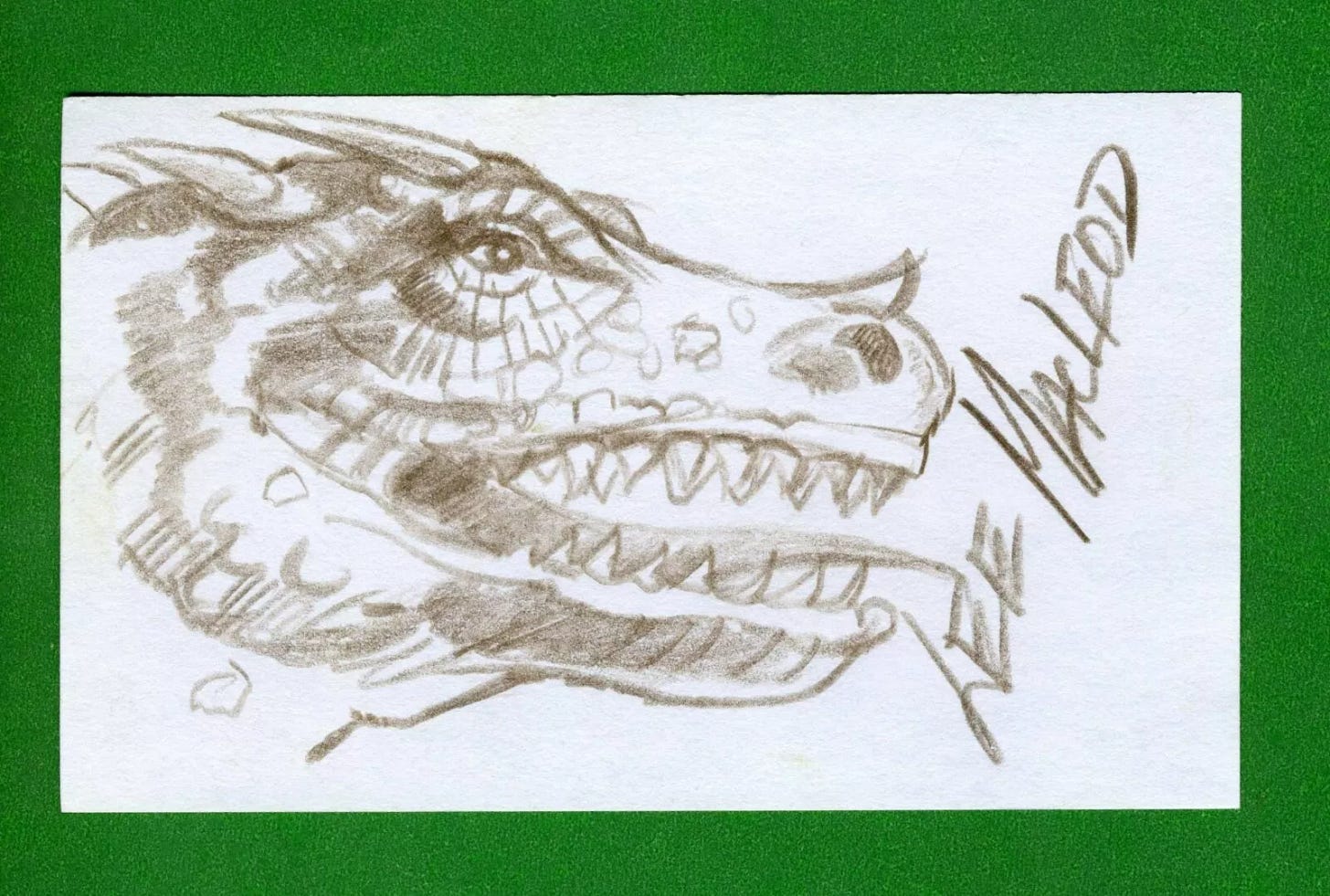



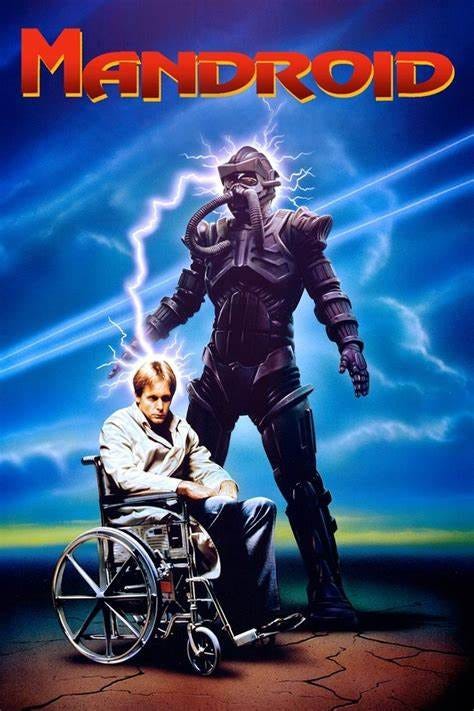









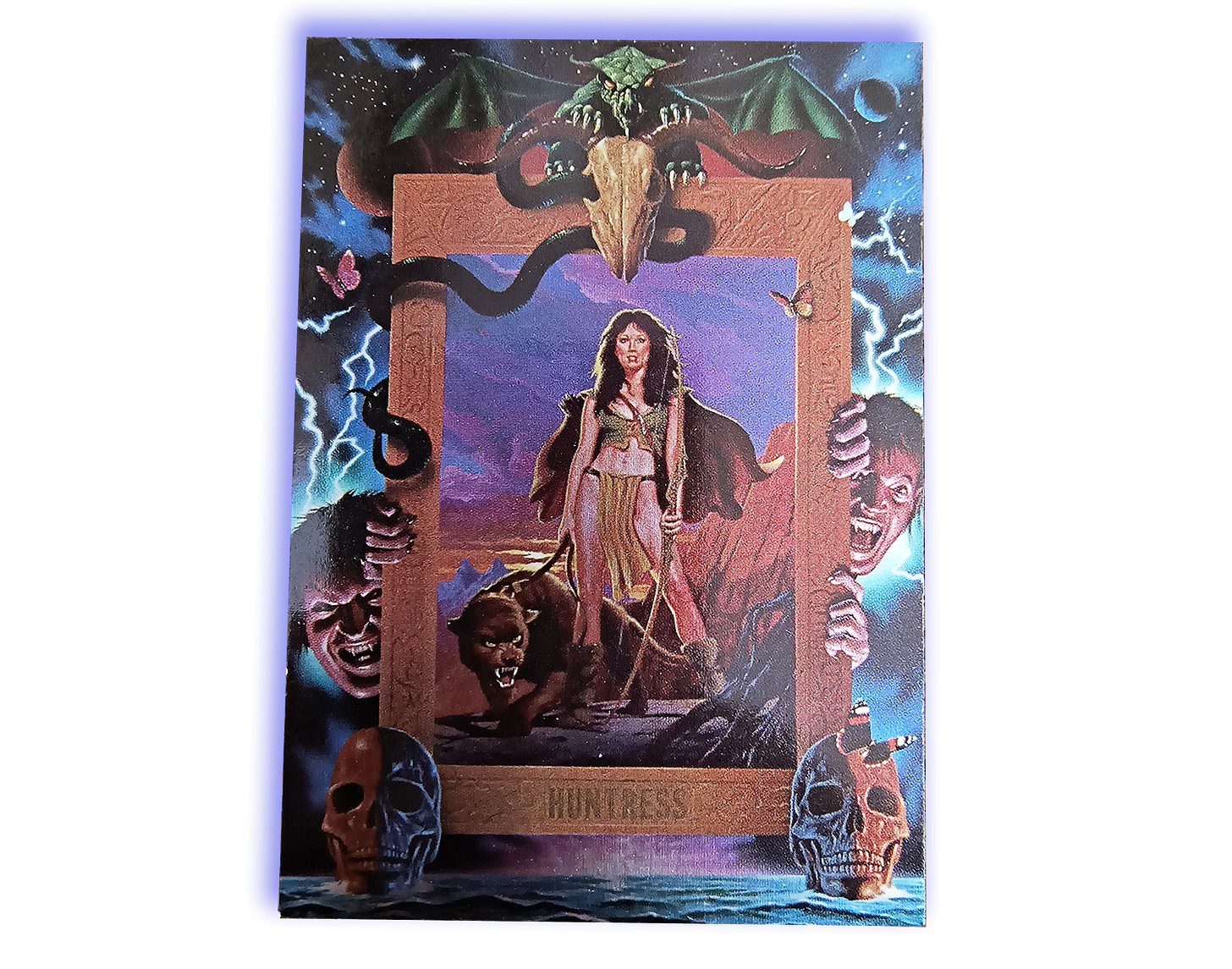
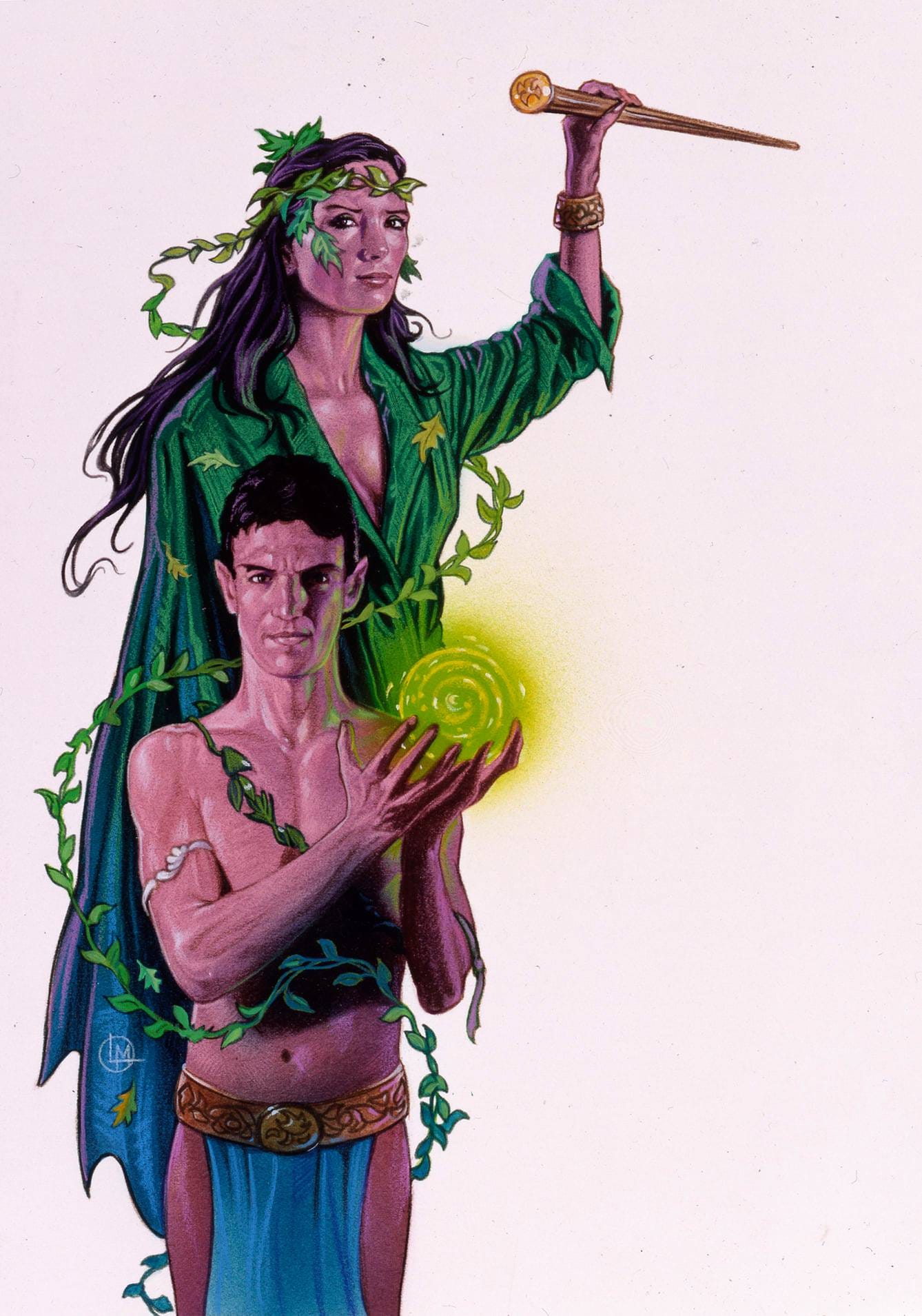




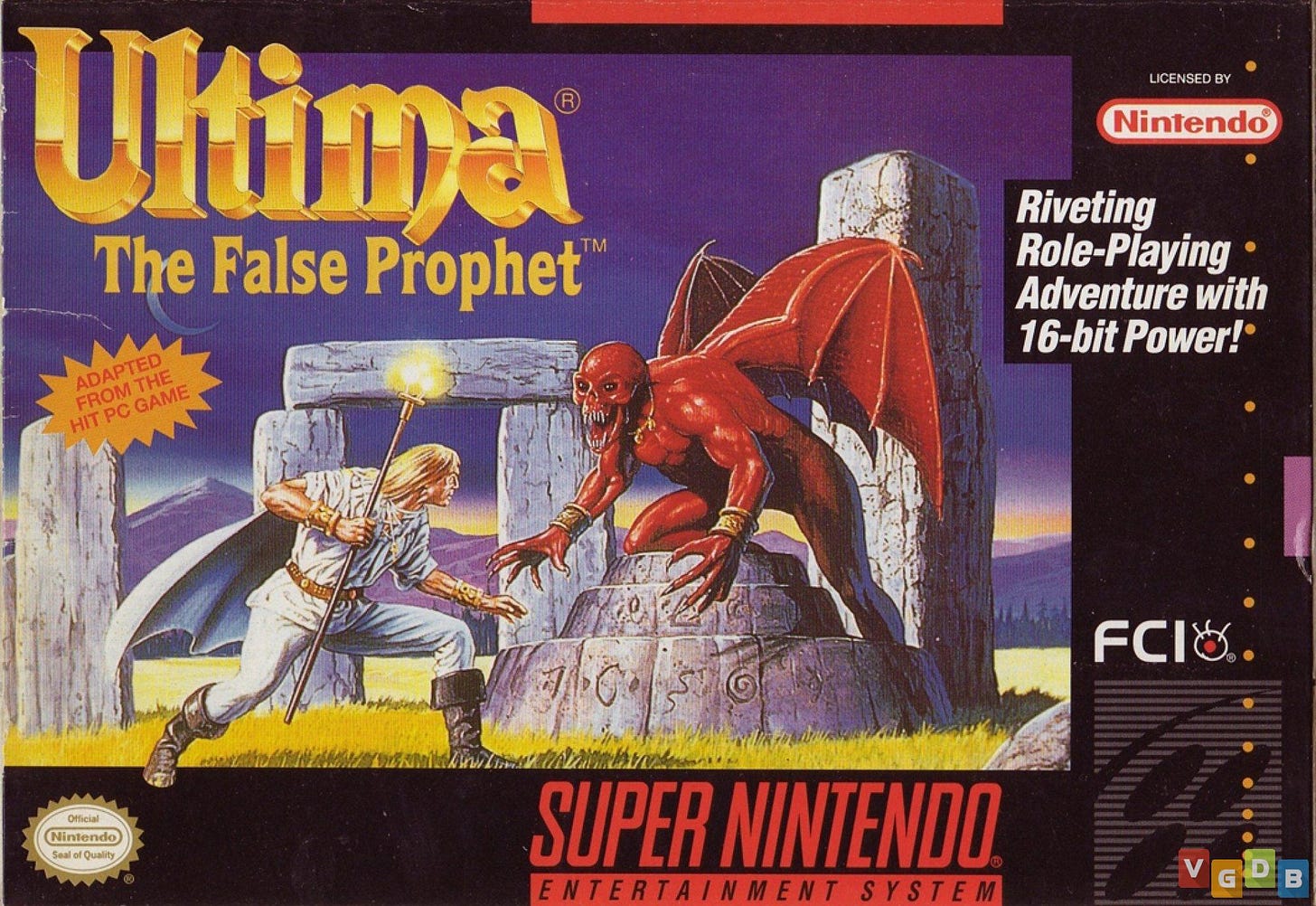









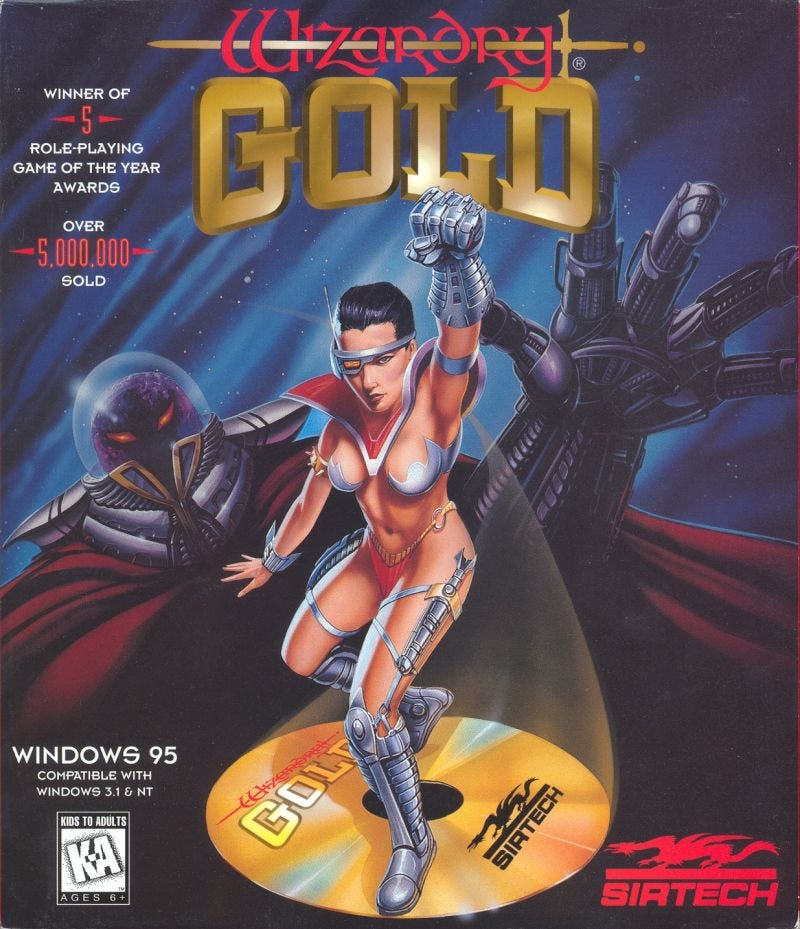











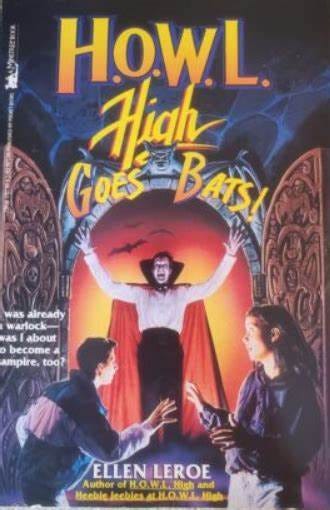




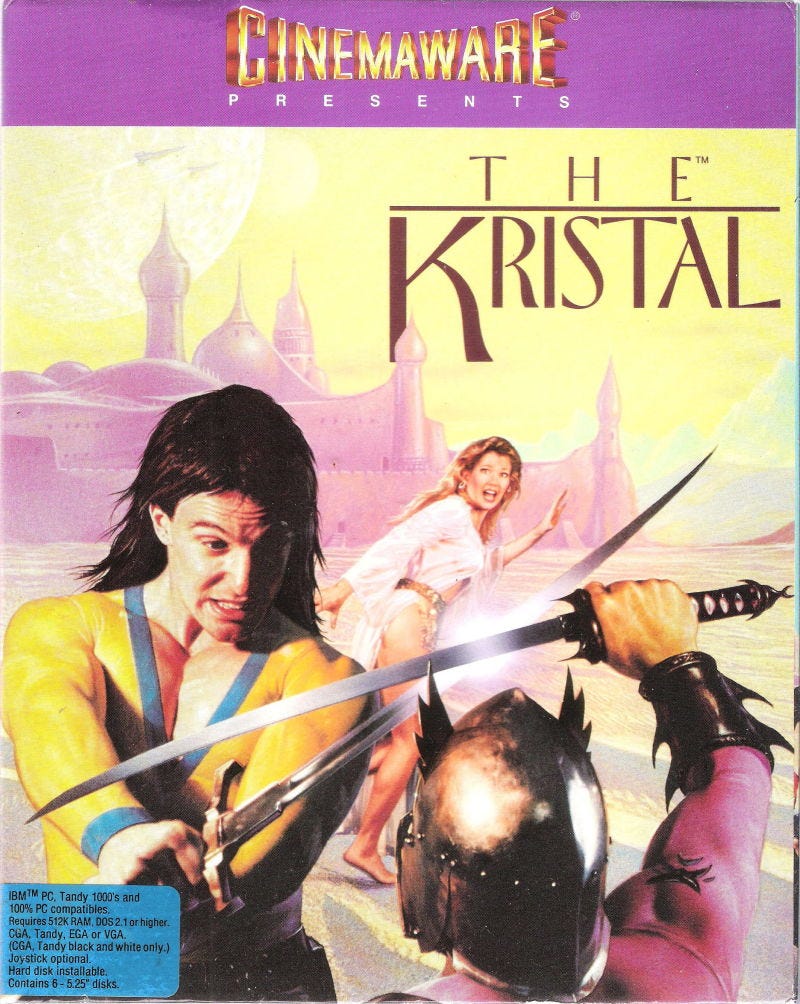
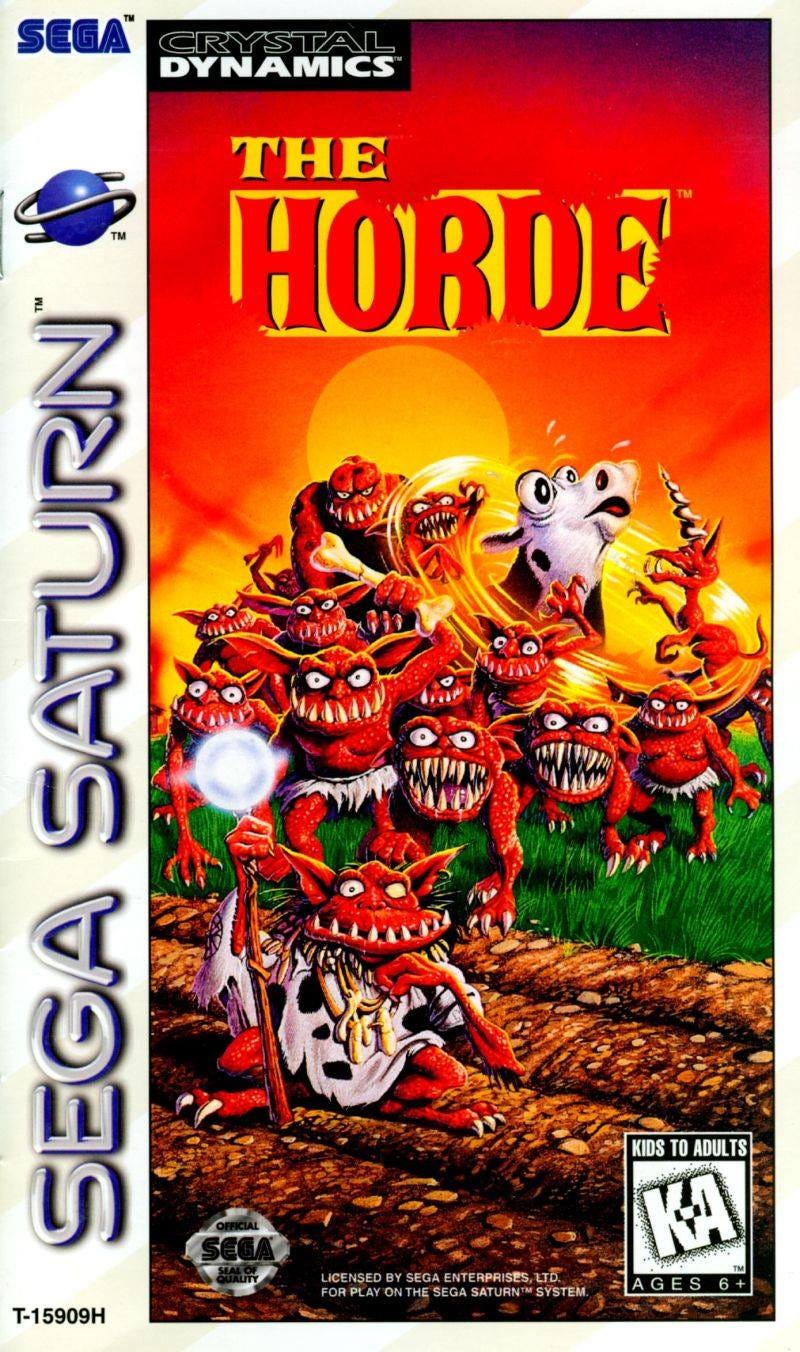




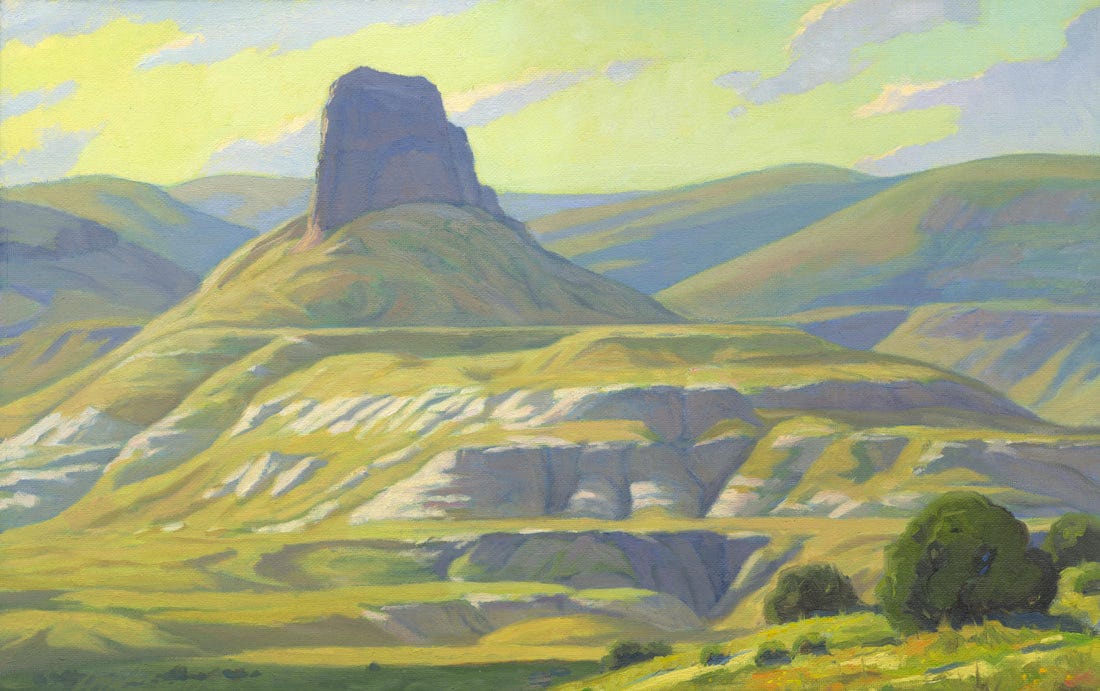


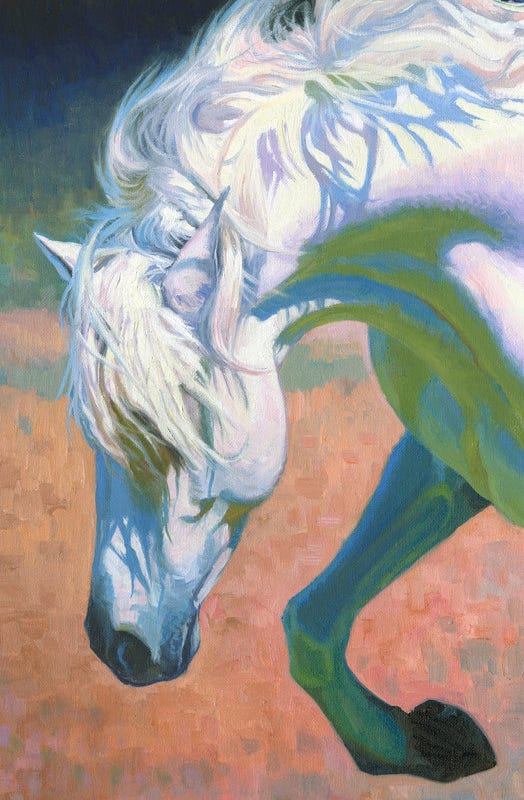
















I absolutely LOVED the prize! I'm going to do an unboxing for you soon! That way others can see just how awesome these cards are
Pure nostalgia. Love it.